A. L. Swindlehurst
Model-Based Machine Learning for Max-Min Fairness Beamforming Design in JCAS Systems
Sep 26, 2024


Abstract:Joint communications and sensing (JCAS) is expected to be a crucial technology for future wireless systems. This paper investigates beamforming design for a multi-user multi-target JCAS system to ensure fairness and balance between communications and sensing performance. We jointly optimize the transmit and receive beamformers to maximize the weighted sum of the minimum communications rate and sensing mutual information. The formulated problem is highly challenging due to its non-smooth and non-convex nature. To overcome the challenges, we reformulate the problem into an equivalent but more tractable form. We first solve this problem by alternating optimization (AO) and then propose a machine learning algorithm based on the AO approach. Numerical results show that our algorithm scales effectively with the number of the communications users and provides better performance with shorter run time compared to conventional optimization approaches.
Block-Level MU-MISO Interference Exploitation Precoding: Optimal Structure and Explicit Duality
Dec 30, 2023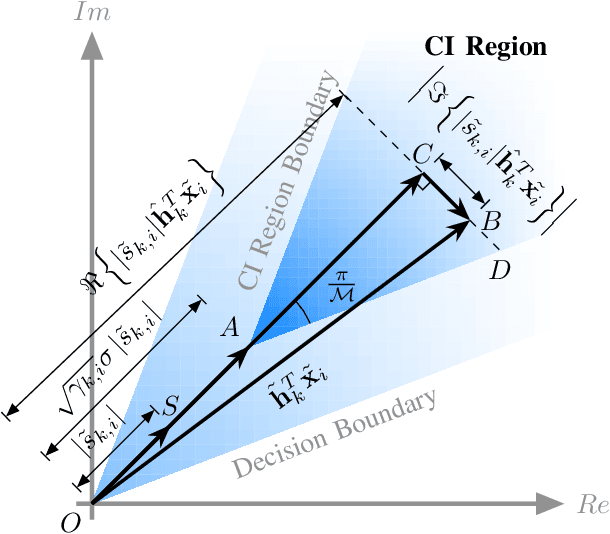
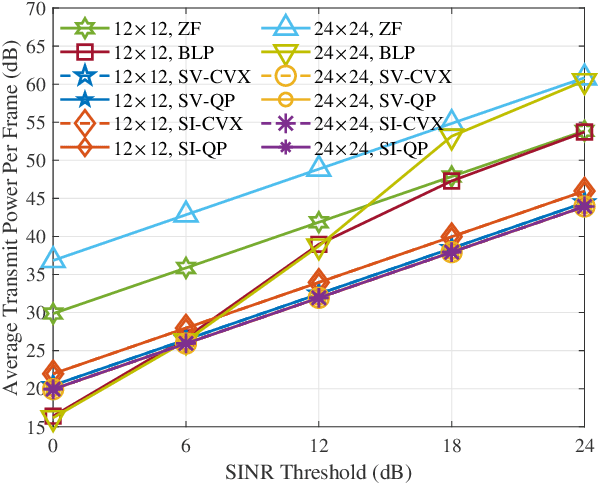
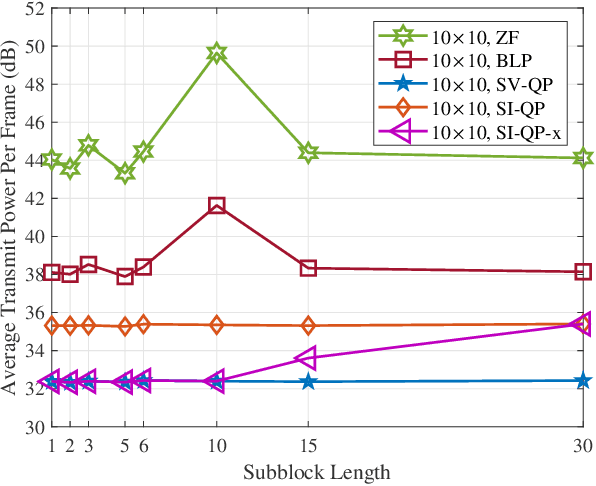
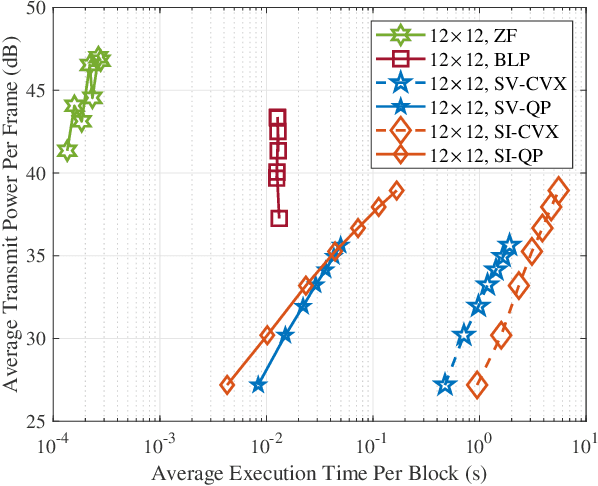
Abstract:This paper investigates block-level interference exploitation (IE) precoding for multi-user multiple-input single-output (MU-MISO) downlink systems. To overcome the need for symbol-level IE precoding to frequently update the precoding matrix, we propose to jointly optimize all the precoders or transmit signals within a transmission block. The resultant precoders only need to be updated once per block, and while not necessarily constant over all the symbol slots, we refer to the technique as block-level slot-variant IE precoding. Through a careful examination of the optimal structure and the explicit duality inherent in block-level power minimization (PM) and signal-to-interference-plus-noise ratio (SINR) balancing (SB) problems, we discover that the joint optimization can be decomposed into subproblems with smaller variable sizes. As a step further, we propose block-level slot-invariant IE precoding by adding a structural constraint on the slot-variant IE precoding to maintain a constant precoder throughout the block. A novel linear precoder for IE is further presented, and we prove that the proposed slot-variant and slot-invariant IE precoding share an identical solution when the number of symbol slots does not exceed the number of users. Numerical simulations demonstrate that the proposed precoders achieve a significant complexity reduction compared against benchmark schemes, without sacrificing performance.
Deep Unfolding Hybrid Beamforming Designs for THz Massive MIMO Systems
Feb 23, 2023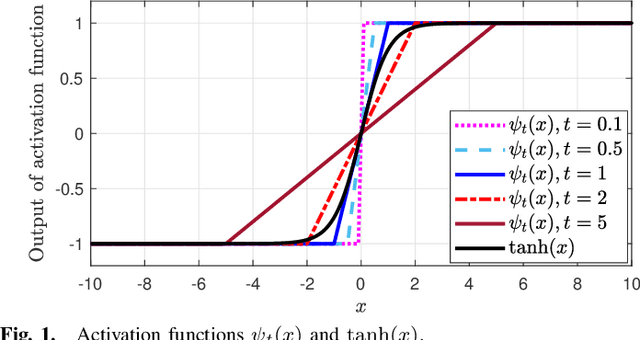
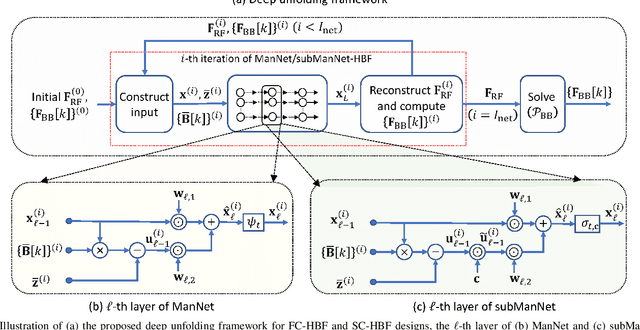
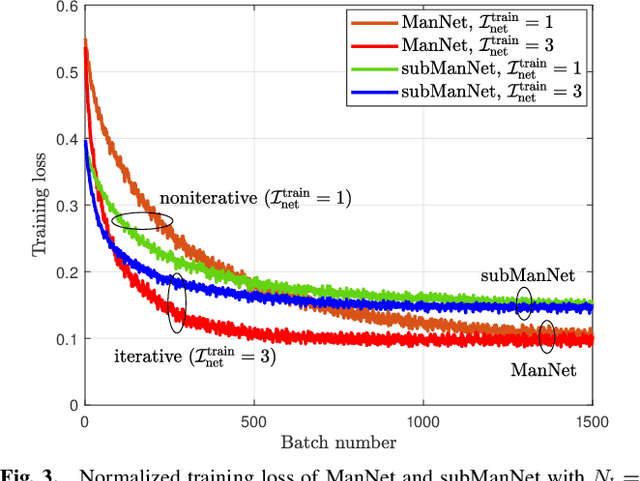
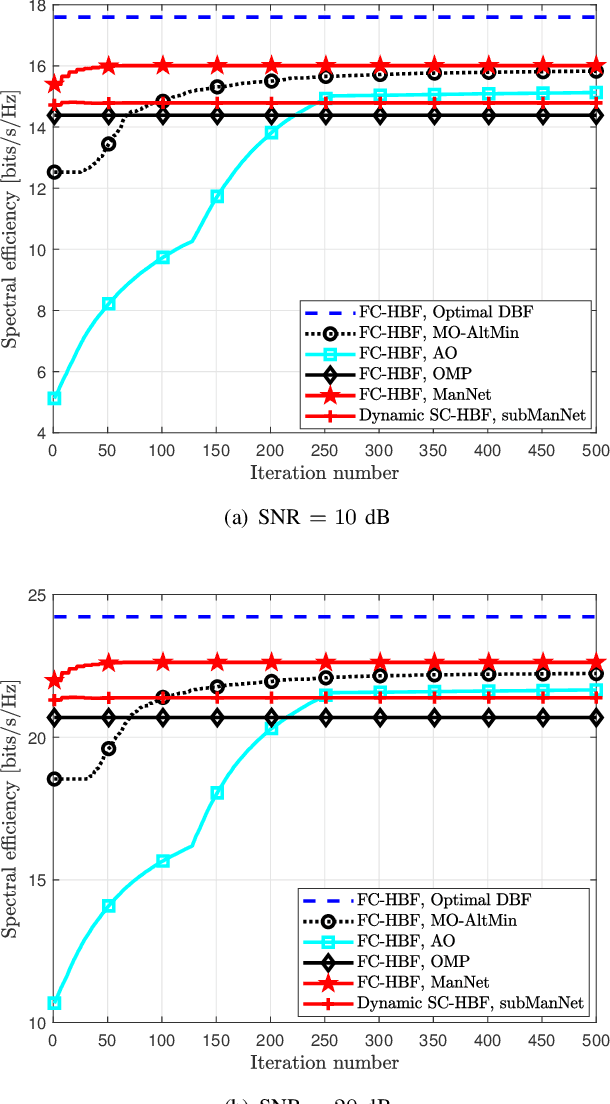
Abstract:Hybrid beamforming (HBF) is a key enabler for wideband terahertz (THz) massive multiple-input multiple-output (mMIMO) communications systems. A core challenge with designing HBF systems stems from the fact their application often involves a non-convex, highly complex optimization of large dimensions. In this paper, we propose HBF schemes that leverage data to enable efficient designs for both the fully-connected HBF (FC-HBF) and dynamic sub-connected HBF (SC-HBF) architectures. We develop a deep unfolding framework based on factorizing the optimal fully digital beamformer into analog and digital terms and formulating two corresponding equivalent least squares (LS) problems. Then, the digital beamformer is obtained via a closed-form LS solution, while the analog beamformer is obtained via ManNet, a lightweight sparsely-connected deep neural network based on unfolding projected gradient descent. Incorporating ManNet into the developed deep unfolding framework leads to the ManNet-based FC-HBF scheme. We show that the proposed ManNet can also be applied to SC-HBF designs after determining the connections between the radio frequency chain and antennas. We further develop a simplified version of ManNet, referred to as subManNet, that directly produces the sparse analog precoder for SC-HBF architectures. Both networks are trained with an unsupervised training procedure. Numerical results verify that the proposed ManNet/subManNet-based HBF approaches outperform the conventional model-based and deep unfolded counterparts with very low complexity and a fast run time. For example, in a simulation with 128 transmit antennas, it attains a slightly higher spectral efficiency than the Riemannian manifold scheme, but over 1000 times faster and with a complexity reduction of more than by a factor of six (6).
Joint Waveform and Filter Designs for STAP-SLP-based MIMO-DFRC Systems
Jan 23, 2022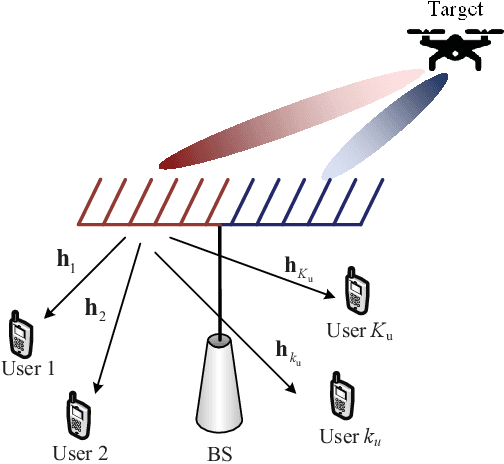
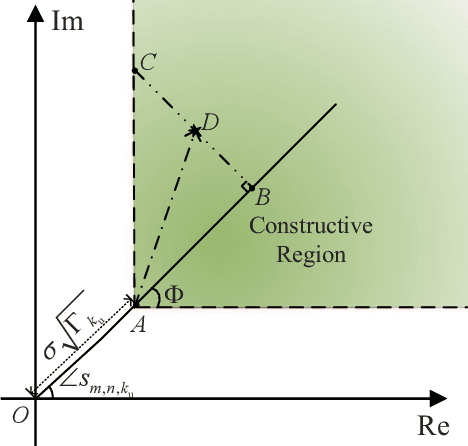
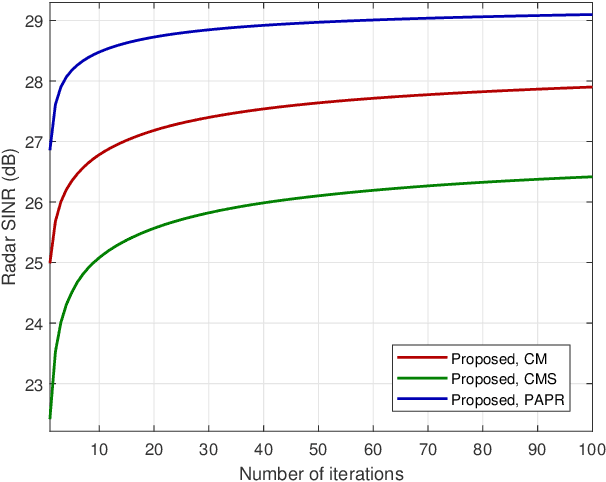
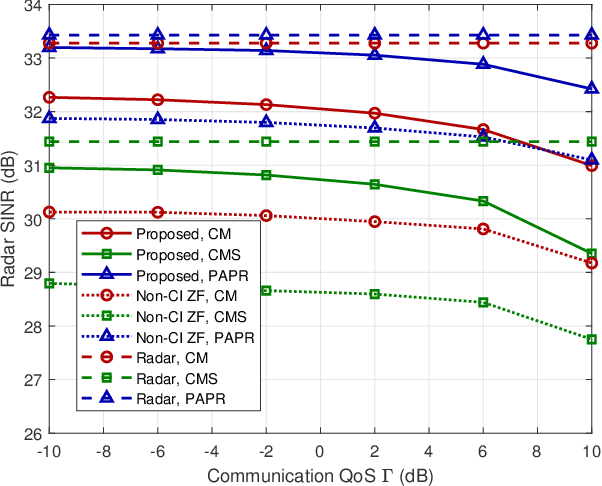
Abstract:Dual-function radar-communication (DFRC), which can simultaneously perform both radar and communication functionalities using the same hardware platform, spectral resource and transmit waveform, is a promising technique for realizing integrated sensing and communication (ISAC). Spacetime adaptive processing (STAP) in multi-antenna radar systems is the primary tool for detecting moving targets in the presence of strong clutter. The idea of joint spatial-temporal optimization in STAP-based radar systems is consistent with the concept of symbol-level precoding (SLP) for multi-input multi-output (MIMO) communications, which optimizes the transmit waveform for each of the transmitted symbols. In this paper, we combine STAP and SLP and propose a novel STAP-SLP-based DFRC system that enjoys the advantages of both techniques. The radar output signal-to-interference-plus-noise ratio (SINR) is maximized by jointly optimizing the transmit waveform and receive filter, while satisfying the communication quality-of-service (QoS) constraint and various waveform constraints including constant-modulus, similarity and peak-to-average power ratio (PAPR). An efficient algorithm framework based on majorization-minimization (MM) and nonlinear equality constrained alternative direction method of multipliers (neADMM) methods is proposed to solve these complicated non-convex optimization problems. Simulation results verify the effectiveness of the proposed STAP-SLP-based MIMO-DRFC scheme and the associate algorithms.
 Add to Chrome
Add to Chrome Add to Firefox
Add to Firefox Add to Edge
Add to Edge